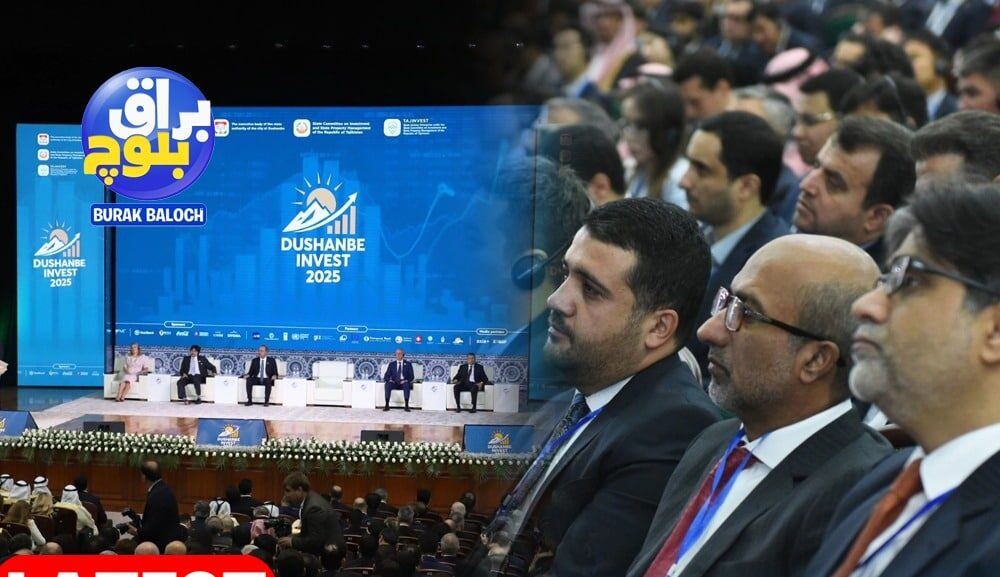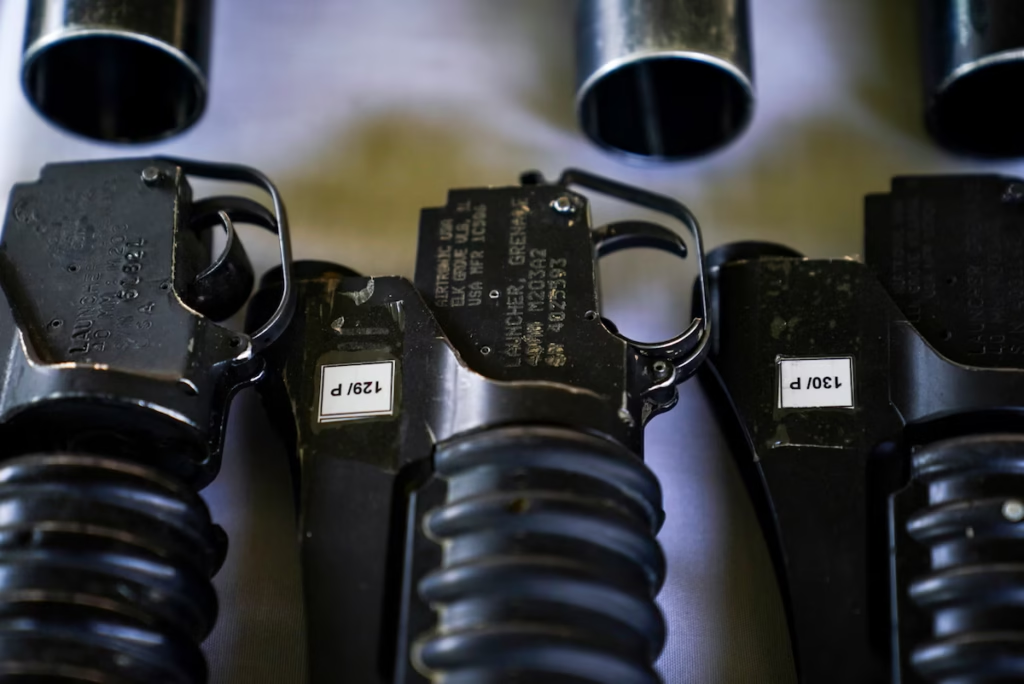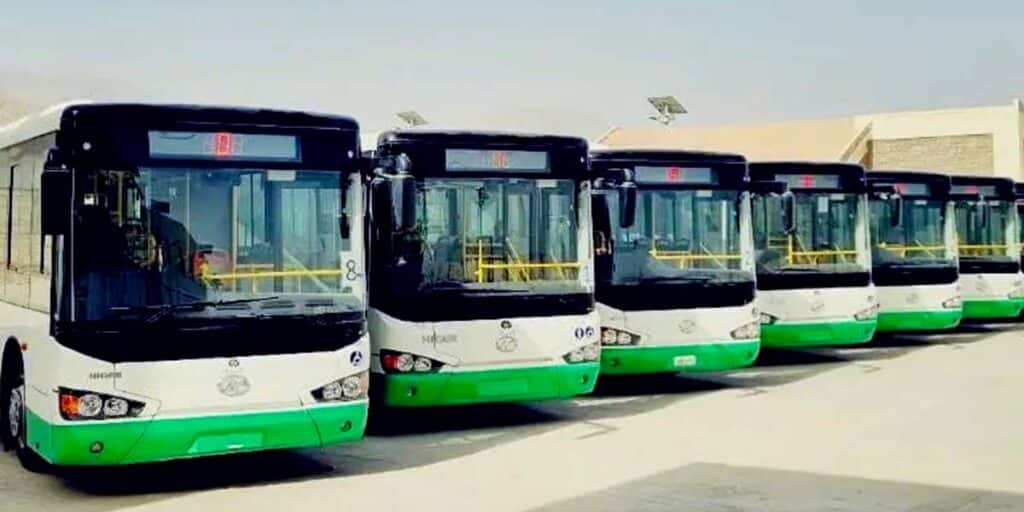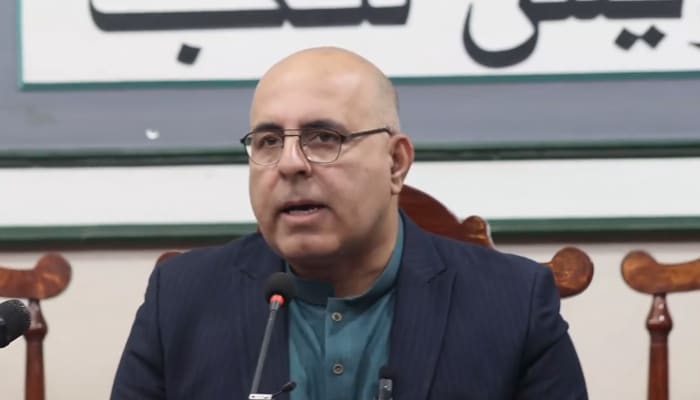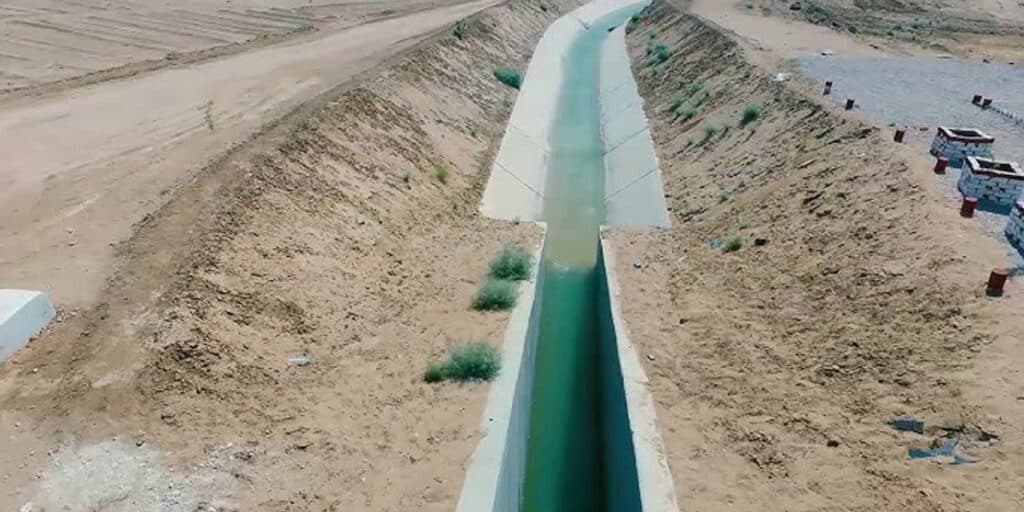DUSHANBE / GWADAR: A high-level Pakistani delegation, led by Gwadar Port Authority Chairman Noorul Haq Baloch, has promoted the port’s strategic potential at the Dushanbe International Investment Forum in Tajikistan.
The three-day forum, which ran from 14-16 October, served as a significant platform to showcase new trade and investment opportunities centred on the developing port. Global investors and business leaders at the event expressed a keen interest in Gwadar, identifying it as a strategic gateway under the China-Pakistan Economic Corridor (CPEC) framework.
Delegates were briefed on the specific incentives available within the Gwadar Free Zones, including a 23-year tax exemption.
During proceedings, Chairman Baloch emphasised the port’s geographical significance in promoting regional connectivity. He detailed its role in creating new routes for Central Asian Republics to access global markets.
“Gwadar has now moved beyond promise and become a reality,” Mr Baloch stated, adding that the port is on a clear trajectory “towards becoming the primary logistics and trade hub for the region in the near future.”
The positive reception garnered at the forum is being characterised as a practical indication of the port’s growing international stature and a step towards Pakistan’s wider vision for regional economic integration.
Also read: CPEC phase II to link Balochistan’s minerals with Gwadar: Ahsan Iqbal
Federal Minister for Planning Ahsan Iqbal announced that Pakistan has formally launched Phase II of the China-Pakistan Economic Corridor (CPEC), which will establish a dedicated corridor to connect Balochistan’s mineral resources with Gwadar.
Speaking to the media in Beijing after chairing the 14th Joint Cooperation Committee (JCC) meeting, Iqbal said the formal start of CPEC Phase II marked a new era of cooperation. “Unlike Phase I, the second phase will emphasize business-to-business partnerships rather than government-to-government projects,” he said, adding that Pakistan would create a favorable environment for Chinese companies to invest.
The minister described Beijing’s investment conference as the starting point of a new journey. He reaffirmed that Pakistan’s “Uraan Pakistan” vision seeks to transform the country into a one-trillion-dollar economy by 2035. He said the “Five Es Framework” and the five CPEC corridors are interlinked, covering growth, employment, innovation, green energy, and infrastructure.
Iqbal explained that the Growth Corridor will boost exports and accelerate economic development, while the Employment Corridor will uplift underdeveloped regions. He said the Innovation Corridor will allow Pakistan to benefit from China’s technological expertise and create a Digital Silk Road, whereas the Green Energy Corridor will promote cooperation against climate change risks. The Infrastructure Corridor, he noted, will expand regional connectivity with Central Asia and Afghanistan through new transport networks.
He said President Xi Jinping’s vision of shared prosperity and regional development aligned with Pakistan’s economic roadmap. “Pakistan has proposed that CPEC Phase II place people’s welfare and youth skill development at its core,” he said. He added that with a majority youth population, Pakistan aims to integrate young people into national progress by sending 10,000 students for PhDs in emerging technologies to China’s top 50 universities over the next decade.

